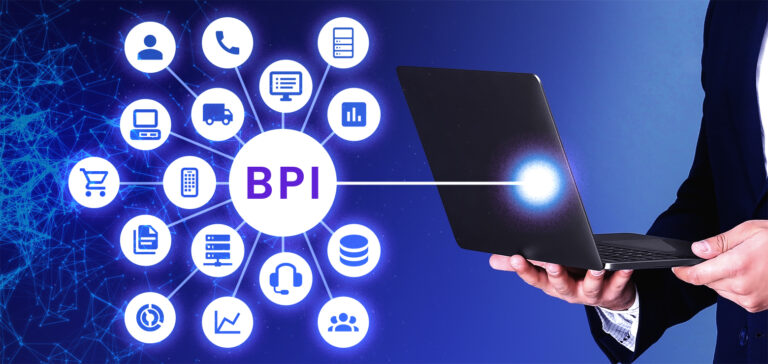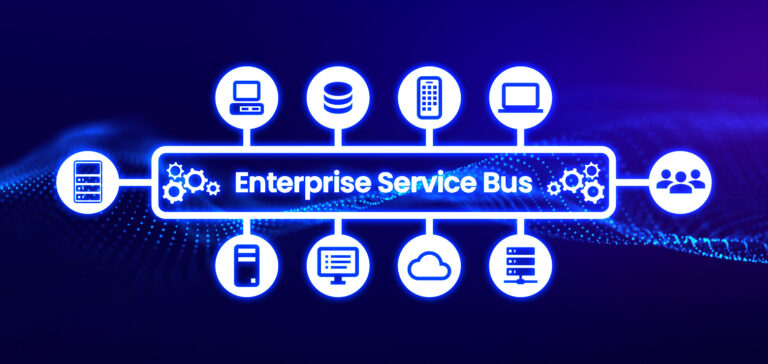Building Blocks of Omnichannel Call Center Success
Social media might be the new call center, but call centers themselves aren’t going away anytime soon. No matter the extent of the technological advances we make, there will always be times when customers demand a live person on the phone. And that means that the companies that can find the best ways to seamlessly engage customers with helpful and consistent support, on the phone and across multiple digital channels – anytime, anywhere, and on any device – will win in the digital economy.
At Oracle Open World, leading call center CRM Siebel announced upcoming features for the Internet of Things and discussed the trend of manufacturers like GM moving to the software world even as software companies like Google start making self-driving cars. As all kinds of companies need to manage both physical and digital assets, enterprise cloud integration will continue to become increasingly important. Companies at Oracle Open World also shared how they manage loyalty programs and mobile apps with Siebel integration, demonstrating how getting connected can help companies make the most of their CRM connections in call center and other settings. Here are some additional illustrations of how call center and Siebel integration can help companies excel in the digital world.
Learn more about Siebel integration
Missed Call: What happens when you’re not connected
Picture this: a prospect is convinced to sign up for your service using a mobile app or online form, and takes the time to fill in detailed personal information and providing complete billing details. Then, that customer calls in with a question. But your call center systems haven’t populated with the new customer information yet, so the call center agent doesn’t know anything about this customer. Do you think that customer will be happy she signed up with you today, and want to stick with you?
Or, consider: you have a customer who’s provided you with great value over a long-term relationship, sending in many large orders from several different channels. But your call center agents can’t see all the details of all of these orders because the orders are locked in the ERP apps that power the different channels. Then, during a support call, the agent tries to upsell the customer on something they’ve already bought. Will this customer hesitate to place another order with your company?
Although half of all customer service interactions now begin online, amplifying the complexity of providing support, phone is still the preferred support channel for 43% of customers. So it’s clear that no company can afford to ignore this channel – or have phone support agents who are unaware of how customers are engaging across other channels. So, here are three ways you can stop ignoring problems with calls and truly dial in to call center success.
1. Speed Dial: Make systems talk in real time
As we saw in the first example above, it’s no longer sufficient for call center systems to update with information on a weekly or even daily basis. Call center agents need to have instant access to the latest customer data. After all, it’s pretty likely that customers are calling in about recent orders or changes to their service. And they want resolution immediately, not later on in the week after your scheduled jobs run. So, pick an integration solution that enables automatic, real time connections between apps. It’ll make your customers – and your call center agents – much happier, increasing the percentage of issues that can be resolved with a single contact. Siebel integration and Salesforce integration from Jitterbit can both help on this front.
2. Voice, Mail: Dial down omnichannel complexity
As customers can turn to online resources, community forums, and social media for fast answers to easy questions, contact center software provider Five9 expects that this will increase the complexity of call center interactions. And the more complex the interaction, the more important it becomes to align every channel of customer support.
Although the phone is a preferred channel for many customers, email is also popular and several other forms of interaction, including social media, community forums, live chat, and portals, are preferred by some users. This means that call centers always need to create a single view of the customer using data driven from multiple systems that can be accessed from any channel.
The right integration solution will connect the many channels of service together with the critical data customers that customers are calling in about, in real time, showing what a customer tweeted, emailed, and purchased, all in one screen, to help call center agents provide optimal service.
3. Usage Report: Providing data-driven support (and purchase recommendations)
Quickly identifying emerging issues is crucial for a support center. If a patch can be created to fix a bug fast, or a refund can be issued for defective merchandise immediately, it can help avoid dozens or hundreds (or more) of subsequent customer complaints (and accompanying ill will). Agents should be empowered to report emerging problems, but systems should also exist to automatically identify hot button issues, then surface them to management for analysis and resolution.
Data is useful not only for informing service, but also for expanding customer relationships. Armed with data about what products and cross-promotions will appeal most to certain customer segments, call center agents can make appropriate recommendations for what will best enhance a customer’s existing setup. And, if effective integration solutions are in place, customers can even make that purchase in context right from a support page.
It’s clear that it takes a completely connected call center to deliver the right level of service to customers and the right business benefits to a company. For more information about getting connected with a popular call center tool, check out our new Siebel integration solution:
Image from Bryce Johnson



